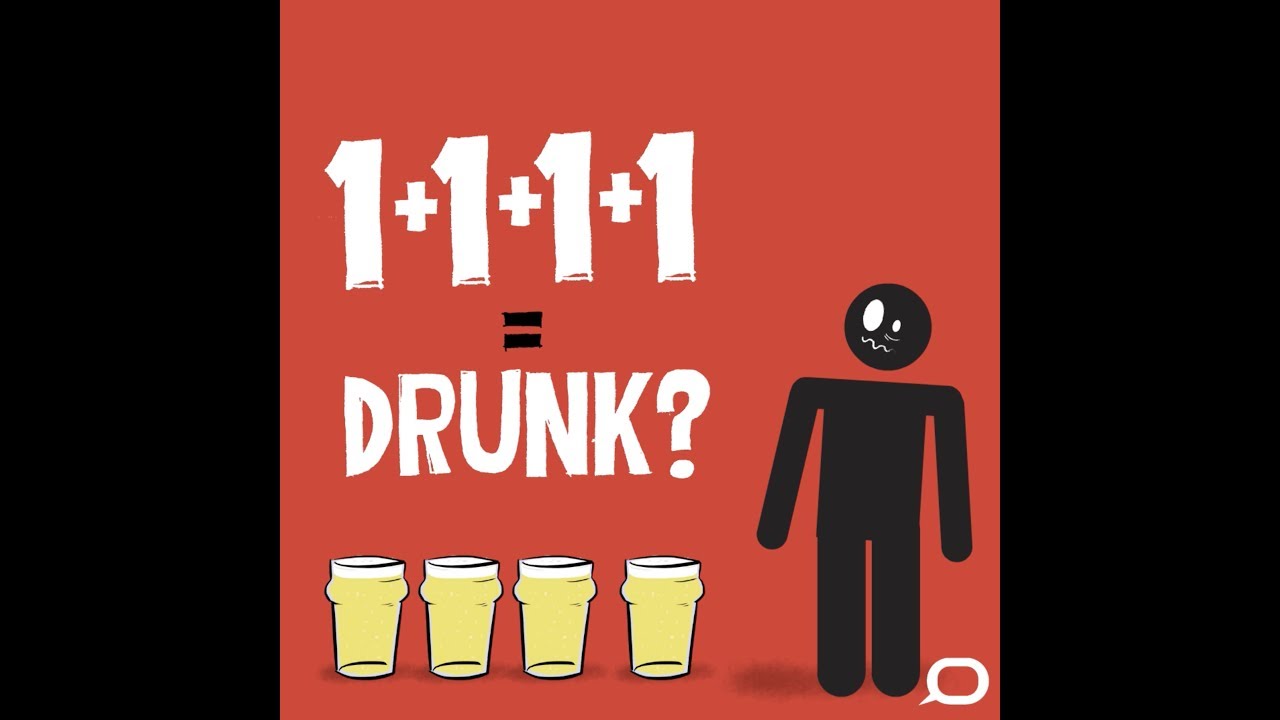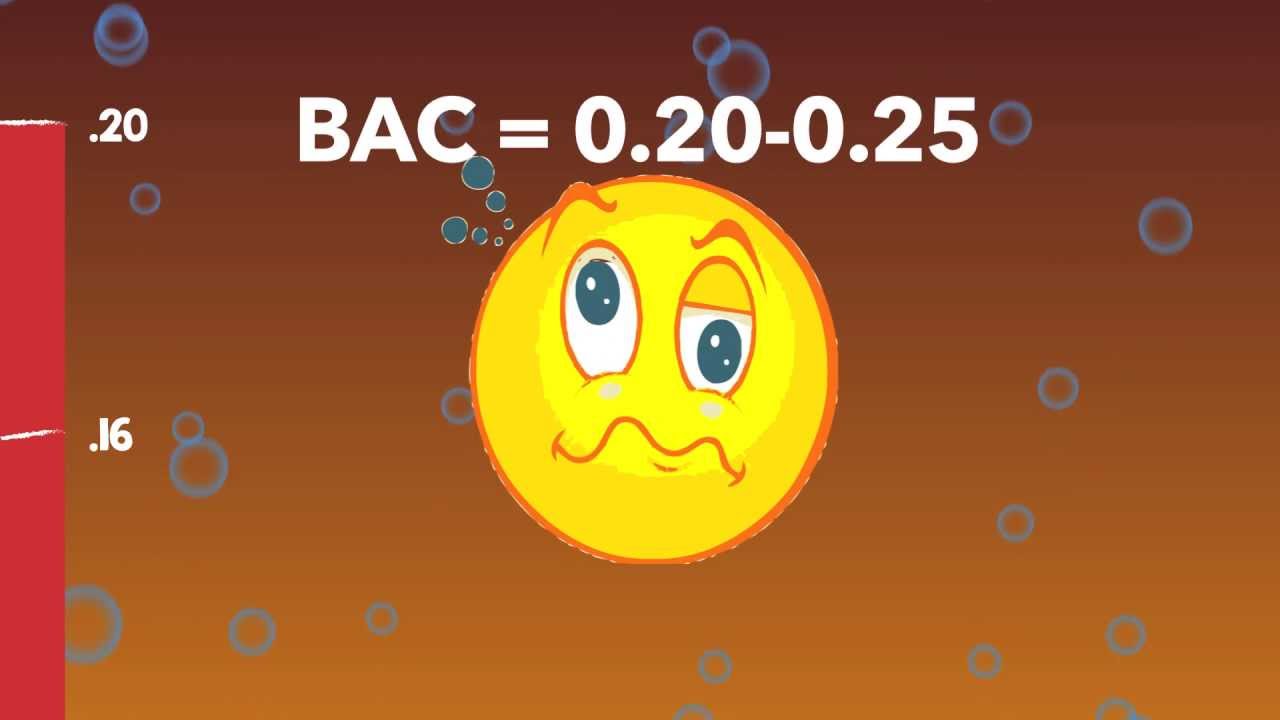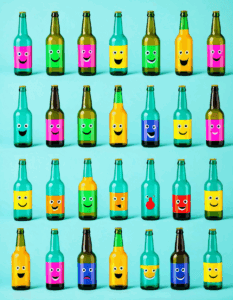Understanding what alcohol level signifies is critical for maintaining health and ensuring safety in today’s world. As drinking habits can vary widely across different cultures and settings, knowing the implications of various alcohol levels is essential. Alcohol levels are commonly measured using blood alcohol concentration (BAC), a crucial indicator of impairment and health risks that we must pay attention to. Below, we’ll explore the impacts of different alcohol levels, their effects on our bodies, and their potential risks to personal safety.

7 Key Alcohol Levels and Their Impacts on Your Body
At a BAC of 0.00%, individuals are completely sober, experiencing no impairment at all. Choosing to abstain from alcohol is the healthiest option, allowing for proactive parenting and clear decision-making. For many parents, this level is particularly important, as it fosters a sense of accountability and vigilance when caring for children.
At this BAC, people may start to feel a slight euphoria, often leading to a relaxed and carefree attitude. While cognitive functions still operate reasonably well, a small decline in motor skills can begin. Popular beers like Budweiser and Heineken can easily bring adults to this level after one drink, making awareness essential.
This level marks a shift from casual sipping to potential risk. Individuals often feel a moderate increase in social engagement, but impairments in motor coordination and judgment become evident. Driving at this level is inadvisable; studies show that accidents can substantially rise, highlighting the thin line between fun and danger.
A BAC of 0.08% serves as the legal limit for driving in many parts of the United States. While many people might feel capable at this level, coordination, reaction times, and decision-making abilities are notably compromised. It’s sobering to realize that this is where accidents and injuries begin to peak, sometimes leading to fatal results.
Entering this range signifies severe impairment, with stark declines in motor skills and cognitive functions. At this point, individuals may struggle to maintain balance or perform even the simplest tasks. Popular spirits like Fireball Cinnamon Whiskey can escalate drinkers to this dangerous level in just a few shots, leading many down a slippery slope of dependency.
Reaching a BAC of 0.25% invites serious health risks, particularly alcohol poisoning. Individuals may become confused and unaware of their surroundings, often requiring emergency assistance. High-alcohol beverages like Everclear, boasting 95% alcohol content, can push drinkers into perilous territory amid binge drinking scenarios.
At levels of 0.40% and higher, the stakes become terrifyingly high, leading to a high risk of coma or death. Many tragic stories, such as those involving college students and hazing rituals, demonstrate the dangers associated with extreme alcohol consumption. Emergency services frequently respond to cases involving these alarming BAC levels, highlighting the dire need for awareness and education.

Recognizing Symptoms and Long-term Risks Associated with Alcohol Levels
Understanding what alcohol level can do to one’s health extends beyond immediate effects. Long-term alcohol consumption can lead to serious health issues, such as liver disease, heart problems, and even certain cancers. Habitually drinking at levels exceeding 0.08% often creates a pathway to dependence, meaning parents must be vigilant about their own habits while supporting children battling similar issues.
For individuals consuming alcohol at higher levels, studies indicate an increase in stress and anxiety, showcasing the connection between drinking and mental health disorders. Regular health check-ups can aid early detection of any complications arising from prolonged use, as many who drink excessively ignore physical warning signs, further jeopardizing their health.

Navigating Alcohol Levels in Social Situations
In social situations, being aware of one’s alcohol level is vital for the safety of oneself and others. Tools like portable breathalyzers are available, allowing individuals to gauge their BAC before choosing to drive or operate machinery. On the other hand, the growing popularity of alcohol-free alternatives, like those from Athletic Brewing Co., provides enjoyable options for socializing without the risks associated with drinking.
It’s essential to create a culture of care in our communities, encouraging open discussions about what alcohol level means for health and safety. Empowerment through education allows friends and family members to support one another, whether it’s steering a loved one away from the car after a night out or recognizing early signs of alcohol dependency in those they care for.

Empowering Yourself and Others
Ultimately, knowledge about alcohol levels is paramount for everyone. Awareness encourages proactive behaviors, enabling us to advise friends against reckless decisions and intervene if we notice signs of alcohol dependence, particularly in our children or loved ones. By promoting educational programs focusing on the risks associated with drinking, like those discussed on Mothers Against addiction, we can help reduce alcohol-related harm in our communities.
Investing time in understanding alcohol’s impact on our health fosters an environment of safety and resilience. It helps build awareness, making us all stronger together. As we come together to educate ourselves and each other on what alcohol level entails, we channel knowledge into action. There’s power in understanding, and with that, we can pave the way for healthier, happier lives for ourselves and our loved ones.
So let’s dive headfirst into this journey of awareness, lifting each other up as we explore the critical implications of alcohol levels on our health and safety. Whether it’s through open conversations or helpful resources, we can collectively build a supportive network that champions well-being. Because every effort makes a difference, and every voice matters.

What Alcohol Level Means for Your Health and Safety
The Nitty-Gritty of Blood Alcohol Concentration (BAC)
When we chat about what alcohol level really means, it all boils down to your Blood Alcohol Concentration (BAC), which is the percentage of alcohol in your bloodstream. A BAC of 0.08% is the legal limit for driving in many places, but even lower levels can impact your coordination and reaction time. Speaking of the unexpected, did you know that the Sanderson Sisters from Hocus Pocus weren’t just part of your childhood nostalgia? They reflect how societal views on alcohol can change dramatically. Just like those iconic characters, your relationship with alcohol can sometimes lead to wild and unexpected journeys.
Interestingly, your body processes alcohol at a rate of about one standard drink per hour. This can differ based on a multitude of factors, including your weight, metabolism, and even if you’ve eaten. It’s kinda like trying to spell fentanyl—often misunderstood and can be dangerous for those who don’t know its significance. Curious about how other substances fit into this picture? Opiate Drugs can interact with alcohol in surprising ways, making it even riskier to mix substances when you’re out and about.
Fun Facts About Alcohol Consumption
Did you know that drinking habits can vary widely from one region to another? For instance, locals in North Fork might indulge in regional wines more frequently than others. This ties back to the cultural influences that shape our drinking behaviors and the types of alcohol we consume. Then there’s the setting. Enjoying a drink at a Regal Waterford lakes cinema may lead to a more relaxed state, altering your perception of what alcohol level is acceptable that evening.
Now, let’s put things in perspective—many people don’t realize that the type of drink also matters. A craft beer might seem harmless, but its alcohol content can range widely. Meanwhile, a social gathering might push you to try something stronger, leading to an increased BAC before you know it. If you’re into fitness, remember that even a dumbbell chest supported row won’t mitigate the effects of a high BAC if you decide to indulge in that after-work happy hour. Just like psilocin Shrooms can affect your mind in unique ways, so can alcohol. Make informed choices, folks; it’s all about understanding what alcohol level can mean for your health and overall safety.





























